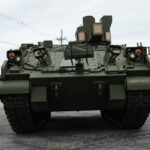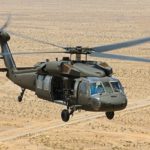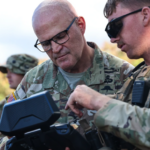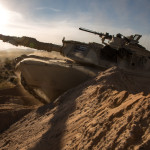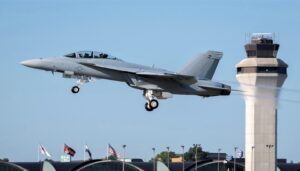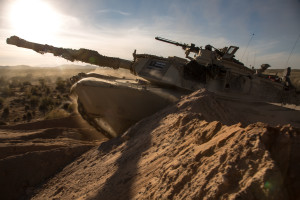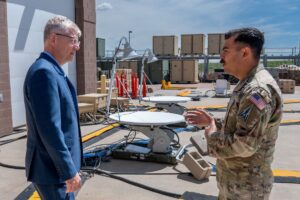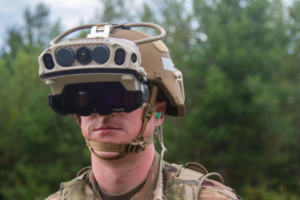
The Army is set to receive additional Integrated Visual Augmentation System (IVAS) 1.2 headsets from Microsoft [MSFT] in the coming weeks for larger-scale testing before the end of the year, with lead service officials noting those results will determine the fate of the potential $22 billion program. After gathering some feedback on an initial handful of upgraded IVAS 1.2 systems received last summer, Army Acquisition Chief Doug Bush told lawmakers on Wednesday the service is now preparing to take the…

 By
By 